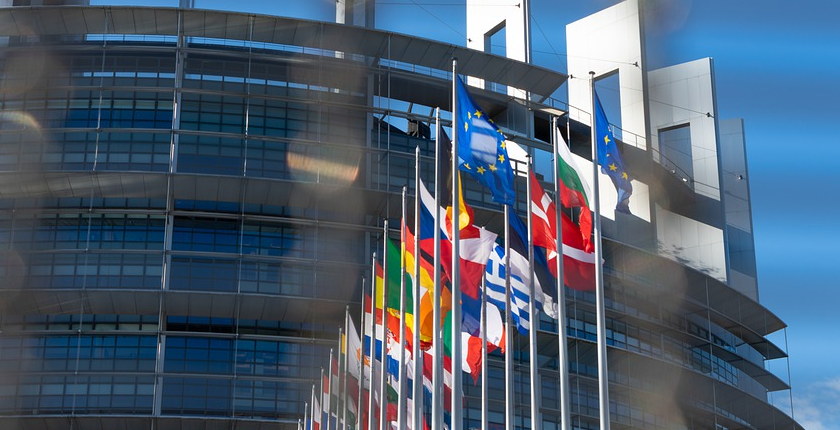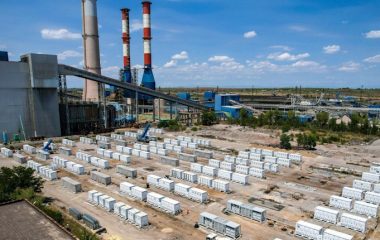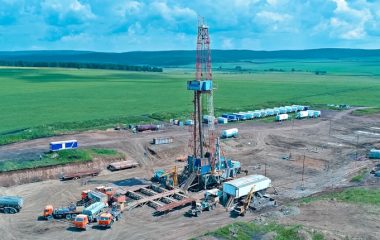
Photo: USA-Reiseblogger on Pixabay
The EU’s revised Fit for 55 package calls for more renewables, coal and nuclear in order to offset a great reduction of natural gas in the energy mix.
The European Union’s initiative REPowerEU, which was presented on March 8, calls for an immediate reduction in Russian natural gas imports, as well as accelerated renewables penetration. However, REPowerEU also leads to a revision of the Fit-for-55 package that includes new goals for 2030 for each energy technology.
Since the initial announcement for REPowerEU did not include specific numbers per sector and analytical measures, the European Commission is expected to provide more concrete details by the end of May. The market is still waiting to see what the new energy and climate planning will look like in terms of renewables penetration, reduction of natural gas in power production, energy savings and other specifics per year. Important investment decisions will be taken according to the revised goals, therefore their significance is evident.
Last week we got a first glimpse at the new goals. The E3 Modelling lab in Athens, which produces the PRIMES model used for many years now in the EU’s energy architecture and legislation, provided preliminary figures for the new Fit for 55.
Professor Pantelis Kapros, the head of the lab, presented the numbers during a conference in Athens and underlined that overall, the emissions goal for 2030 remains the same, while renewable energy goal is further increased with biomethane and hydrogen now playing a vital role in the process. Specifically, over 35 billion cubic meters of biomethane per year is expected by 2030 in Europe in order to achieve the goal, as well as 20 megatons of green hydrogen. The two technologies were considered as supplementary according to the current Fit for 55, but now they are a basic part of the effort.
Big drops for natural gas in all sub-sectors seen for 2030
Equally interesting are the preliminary figures for the share of each energy technology.
The old Fit for 55 called for imports of Russian gas of 164 billion cubic meters per year in 2025 and 131 billion in 2030, but the new one calls for 74 billion and 33 billion cubic meters respectively, a huge difference.
The use of natural gas for power production is now revised from 90 billion cubic meters for 2025 and 73 billion for 2030 to 46 billion and 39 billion cubic meters respectively. It translates to 174 TWh for 2025 (441 TWh previously) and 199 TWh for 2030 (382 TWh previously).
The use of natural gas for industry is revised from 93 billion cubic meters for 2025 and 80 billion for 2030 to 82 billion and 53 billion cubic meters, respectively, while its use in buildings is revised from 134 billion cubic meters for 2025 and 89 billion for 2030 to 97 billion and 62 billion cubic meters, respectively.
Renewables, nuclear and coal are the winners
Power production from renewables was expected to rise from 1,028 TWh in 2020 to 1,510 TWh in 2025 and 2,309 TWh in 2030. Now, the goal is set at 1,604 TWh for 2025 and 2,447 TWh for 2030, according to the revised Fit for 55.
Nuclear energy also rises from 546 TWh to 655 TWh for 2025 and from 486 TWh to 524 for 2030, compared to 642 TWh in 2020.
Coal is another interesting case, since the new goal for 2025 was increased from 257 TWh to 380 TWh, and from 168 TWh to 273 TWh for 2030, meaning that the EU is going to provide more leeway to governments for decarbonization, something especially important for the Balkans and East European states, which are traditionally reliant on coal.


















Be the first one to comment on this article.